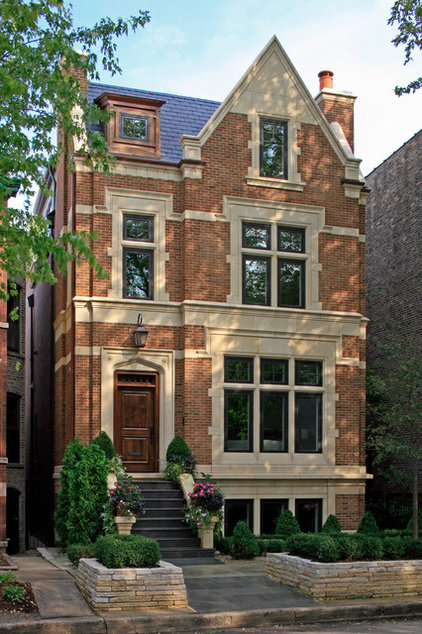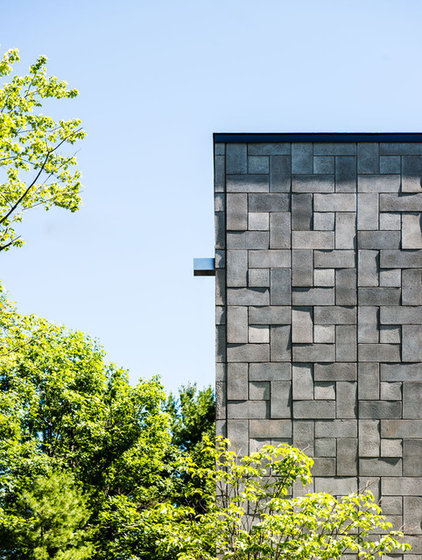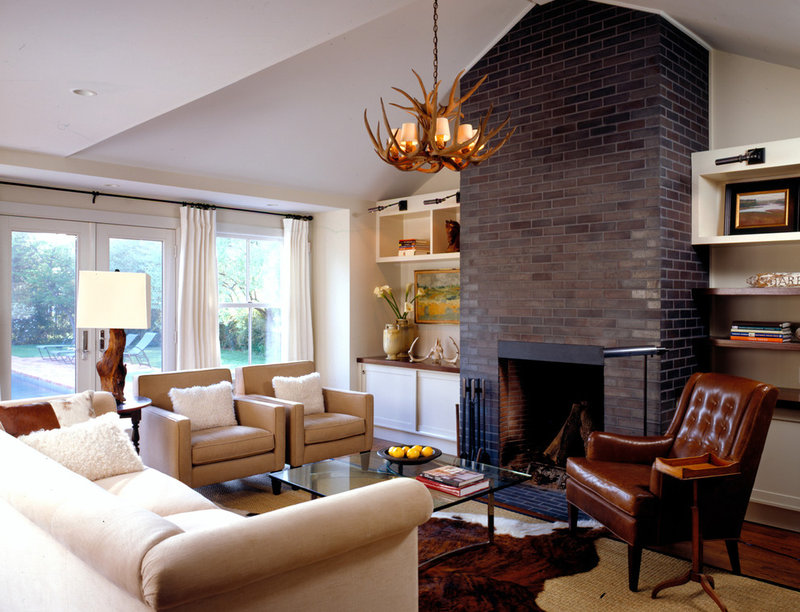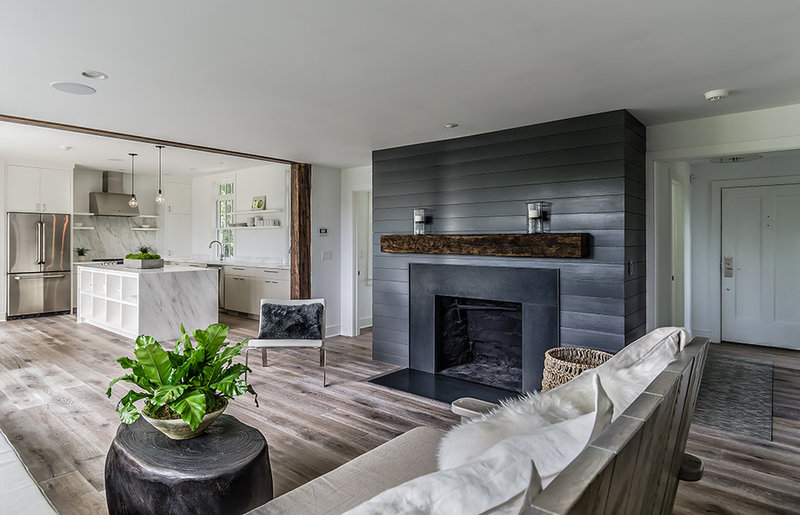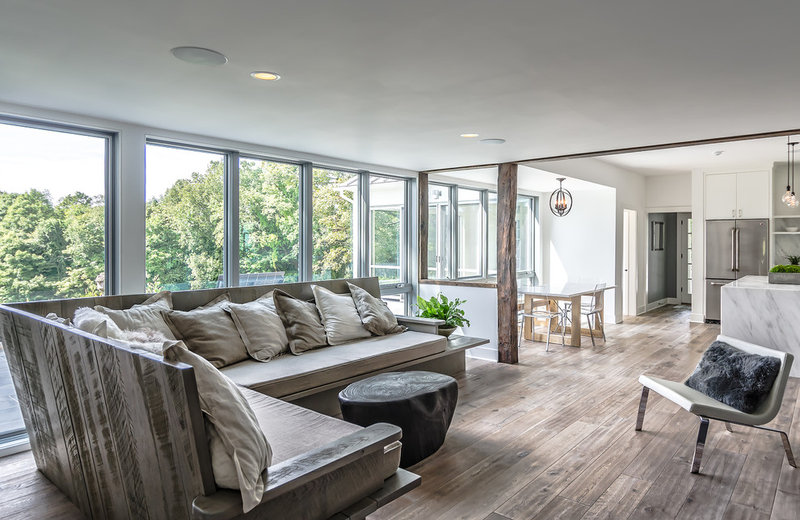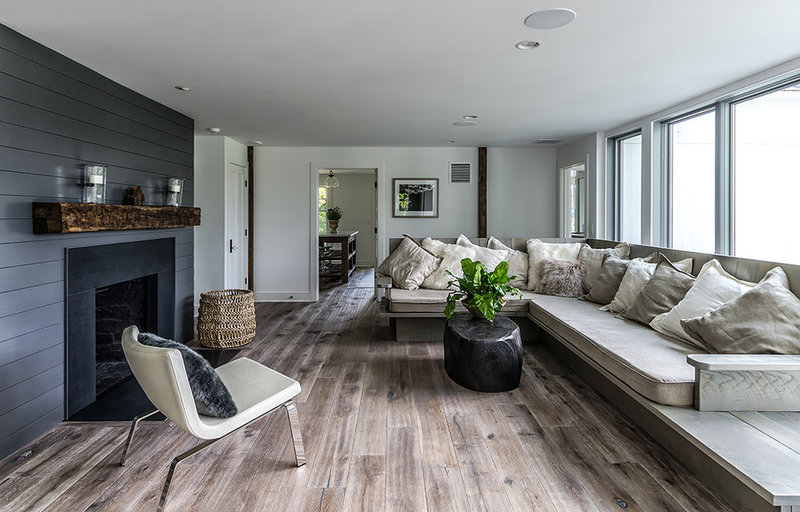What do Pennsylvania, New York, Missouri, Georgia, and Nebraska have in common? Your first thought might be practically nothing. But all of these states have passed comprehensive legislation in the past two years that authorized the formation of land banks for the purpose of reclaiming real estate whose market value in its present blighted or tax-delinquent condition is all but worthless.
For adventurous builders and developers, especially those whose business models include infill aspirations, land banks hold out the promise of inexpensive, albeit risky, redevelopment options. And if this phenomenon expands, as some experts predict it will, land banks could become a more important component in helping metros resuscitate left-for-dead neighborhoods and achieve their larger goals of attracting more residents and businesses.
“It’s an exciting time for land banks,” says Wade Kapzukiewicz, treasurer of Lucas County, Ohio, and chairman of the county’s three-year-old land bank, one of 16 in the Buckeye State.
Between 100 and 150 authorized land banks are in operation across the United States. Typically, the banks are set up to serve counties or metros like Chicago, whose Cook County Land Bank Authority is scheduled to open this fall. And if all things fall into place as planned, Philadelphia could have its first land bank by mid 2014, says Rick Sauer, executive director of the Philadelphia Association of Community Development Corporations.
Philadelphia has more than 40,000 residential and commercial properties that either haven’t paid taxes in years, are vacant, or abandoned. Various public agencies own about one quarter of these properties. The game plan over time, says Sauer, is to move a sizable portion of the land and buildings into the land bank, and repurpose as many properties as local real estate conditions will allow to get them back on the tax roles via redevelopment that could include everything from open space to market-rate and affordable housing.
Why Land Banks? Land banks “are a new tool based on a new reality,” says Dr. Frank Alexander, Sam Nunn Professor of Law at Emory University in Atlanta, and cofounder and general counsel for the Center for Community Progress, which advocates the creation of vibrant communities primarily through the reuse of problem properties in America’s cities and towns. Historically these properties have been located in dilapidated neighborhoods within a city’s urban core. But, says Alexander, the last housing recession spread this plague to the suburbs, where he’s seen whole subdivisions succumb to foreclosure.
A Quicker Fix. Land banks have become a solution for cash-strapped cities that want to rehabilitate rundown neighborhoods, but don’t have the money or manpower to chase down owners of abandoned properties or to tear down buildings.
Land banks have the legal authority to take ownership of properties within days or weeks, settle (often by voiding) title and lien obstacles, demolish what can’t be salvaged, and assemble and resell land and buildings through commercial brokers. By authorizing a land bank in the spring of 2012, Syracuse, N.Y., last November was able to initiate foreclosures on 3,900 properties that were at least two years behind in their taxes. Having someplace where the city could transfer ownership of those properties was a prerequisite for completing the foreclosure process.
http://www.builderonline.com/land-acquisition/land-banks-help-clear-paths-for-neighborhood-renewals.aspx?utm_source=newsletter&utm_content=jump&utm_medium=email&utm_campaign=EBP_100813&day=2013-10-08
 Rendering via Patrick Blanc
Rendering via Patrick Blanc Sketch via Patrick Blanc
Sketch via Patrick Blanc Rendering via Dezeen
Rendering via Dezeen


